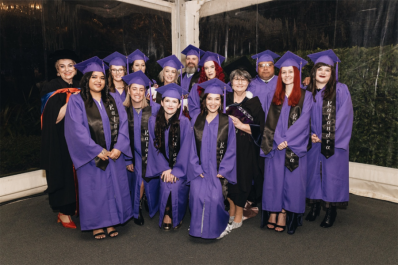As the world becomes increasingly digital, accessible technology is transforming various aspects of our lives, including healthcare. For older adults, technology can play a vital role in enhancing care, promoting independence, and improving overall well-being. From health monitoring to social connections, accessible technology opens new doors for seniors to thrive in the digital age. In this blog, we'll explore the significant role of accessible technology in enhancing care for older adults and its positive impact on their lives.
- Remote Health Monitoring
Accessible technology, such as wearable devices and mobile health applications, allows older adults to monitor their health remotely. These devices can track vital signs, medication adherence, and activity levels, providing valuable data to healthcare providers and caregivers. Remote health monitoring enables early detection of health issues, facilitating timely interventions and reducing the need for frequent hospital visits.
- Telemedicine and Virtual Consultations
Telemedicine has revolutionised healthcare delivery, especially for older adults who may face mobility or transportation challenges. Through video conferencing and virtual consultations, seniors can access medical advice, follow-up appointments, and mental health support from the comfort of their homes. This convenient approach enhances access to care, particularly for those living in remote or underserved areas.
- Medication Management
Accessible technology offers a range of medication management tools to help older adults take their medications correctly and on time. Smart pill dispensers, medication reminder apps, and voice-controlled devices ensure that seniors adhere to their prescribed treatment plans, reducing the risk of adverse health events.
- Cognitive Stimulation and Brain Health
Engaging in brain-training games and cognitive stimulation exercises through accessible technology can help older adults maintain and improve their cognitive function. These apps and programmes provide enjoyable activities that challenge memory, attention, and problem-solving skills, contributing to better brain health and quality of life.
- Social Connection and Combatting Loneliness
Social isolation and loneliness are prevalent issues among older adults, especially in situations like the COVID-19 pandemic. Accessible technology bridges the gap by facilitating virtual social interactions. Video calls, social media platforms, and online communities connect seniors with family, friends, and like-minded individuals, reducing feelings of loneliness and promoting mental well-being.
- Safety and Fall Prevention
Technological innovations, such as fall detection devices and home monitoring systems, enhance safety for older adults living independently. These tools can detect falls, alert emergency services or caregivers, and provide peace of mind to both seniors and their families.
- Accessibility Features
Accessible technology includes various features specifically designed to accommodate older adults with different abilities. Larger fonts, voice commands, and simplified interfaces make smartphones, tablets, and computers more user-friendly, ensuring that seniors can navigate digital platforms with ease.
Conclusion
Accessible technology is a game-changer for older adults, enhancing care and quality of life in numerous ways. From remote health monitoring and telemedicine to social connection and safety features, technology offers a wide array of benefits for seniors. As we continue to embrace digital advancements, it is essential to ensure that accessible technology is inclusive and user-friendly for individuals of all ages and abilities. By harnessing the power of technology, we can empower older adults to lead healthier, more connected, and fulfilling lives in the digital age.
Back to News




